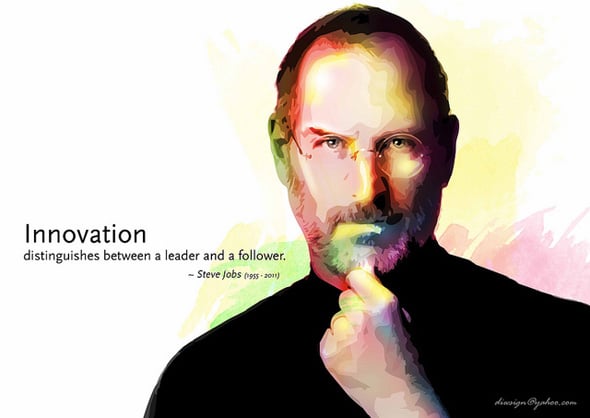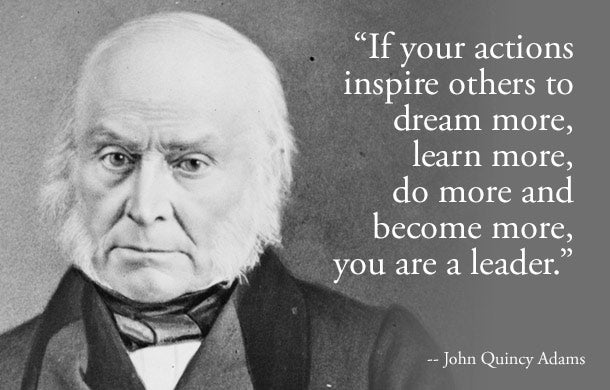Intro:
Prior to starting Business Management and Leadership, I believed I was a clear cut leader. I'd put myself in leadership roles such as SA Board and as a DECA mentor. I believed that I had a lot of qualities that made me out to be a leader: creativity; intelligence; likeability. What I learned by being in this class, however, is that these are simply innate qualities that might be in a lot of good leaders, but these qualities only show potential for leadership. In this class I learned what I needed to refine my leadership skills and realize my potential as a leader.
Important Leadership Qualities:
Innovation:
What is Innovation?
 Innovation is dealing with problems and finding solutions to those problems in unique ways. Leadership mean being a pioneer and innovation is the key to being a pioneer. Innovation is leading a movement of thought into a new area that's never been explored. Creating ideas that have never been thought of or applied before have made men like Steve Jobs, Bill Veeck, and James Naismith into leaders.
Innovation is dealing with problems and finding solutions to those problems in unique ways. Leadership mean being a pioneer and innovation is the key to being a pioneer. Innovation is leading a movement of thought into a new area that's never been explored. Creating ideas that have never been thought of or applied before have made men like Steve Jobs, Bill Veeck, and James Naismith into leaders. Use in Class:
In our Business Management and Leadership project, I used innovation and creative thinking to act as a leader in the group, conceptualizing the paper-chain sale idea. I've showcased innovative thinking in different class activities and hope to influence those who are working with me.
Agreeability:
What is Agreeability?
Agreeability involves the ability to listen to those around you, compromise, and understand their ideas. It is the ability to get along with your peers or co-workers so that you can all act on the same page and be motivated to work towards a common goal. The ability to command respect from the people working with you while not putting them off and discouraging them is a key part of an effective leader. One of the most important parts of leadership it to know when you should follow someone else's ideas.
Use in Class:
Agreeability is something that I often struggled with. I tend to only stick to my ideas and have difficulty looking at something from someone else's point of view. In this class, reading The 7 Habits of Highly Effective Teens by Sean Covey helped me change that. One of those habits, Seek first to understand then to be understood, really helped me with this idea and trying to understand what someone else's idea is and grow from that. When working with a large group, as we often did in this class, there were times when I needed to take a step back or compromise with someone.
Inspiration:
What is Inspiration?
 Inspiration is the most vital part of leadership. The power to inspire other people to work shows that you possess other leadership qualities. Inspiring people to work towards a goal and a solution as well as inspiring future leaders is what makes truly great leaders.
Inspiration is the most vital part of leadership. The power to inspire other people to work shows that you possess other leadership qualities. Inspiring people to work towards a goal and a solution as well as inspiring future leaders is what makes truly great leaders.Use in Class:
This whole class has been dedicated to helping us become better leaders in the community and in whatever we pursue. Paying it forward through the leadership impact project provides a template for future students taking this class as they become leaders. Simply by putting together this project we hope to inspire future leaders.
Follow-Up and Sharpening the Saw
Sharpening the saw is the finals habit for highly effective teens and it is a lifelong journey. As sappy as that sounds, leadership skills can always be gained, developed, and refined to make each of us a better leader. I plan on applying what I've learned in this class to my community and in my different leadership roles to make me a better leader.


No comments:
Post a Comment